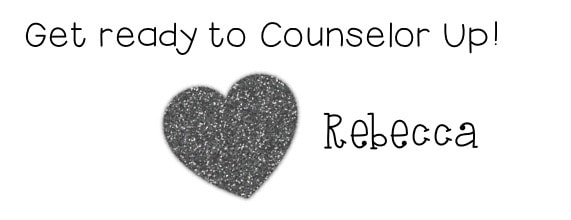As a white woman, I am particularly responsible for using my white privilege and my power as a school employee, to speak up and interrupt racism when I see it. I pulled heavily from the article on white silence from Robin DiAngelo, Nothing to Add: A Challenge to White Silence in Racial Discussion. If you are a white person, I highly recommend that you read this article and then her book, White Fragility. In our presentation Saturday and in this post, I want to discuss the role of the school counselor specifically.
Have you ever not said something when you see or hear racism? I have. I strongly believe in equity and inclusion for all students but I know that I have chosen to let a comment slide by or to turn away when I see or hear something that makes me uncomfortable. I have to admit that to myself and to you if I am going to do better. DiAngelo states “when whites employ silence to maintain some degree of comfort, that silence functions (albeit seldom explicitly) as a means to regain white dominance.” Guess what? My comfort doesn’t mean more than yours. And it really doesn’t mean more than my students’.
If the cause of white silence is that keeping racial perspectives hidden protects us from being challenged. If we see race as “not something you bring up in polite society,” then what are the effects? DiAngelo shares these: leaving others to carry the weight of the discussion, no learning occurring, implying agreement with resistant participants, and invalidating the stories of others who do share. Let’s look particularly at this implicit agreement with resistant participants or racist comments/actions. I think this is even more important when we are a staff member who doesn’t speak up. Particularly in front of students. Let’s say that you overhear another adult make a comment about “those kids that ride that bus.” Students hear this comment and then see you say nothing. What message does that send to students? I would assume that you agree with the speaker or you didn’t think it was out of line. I always want my students to see me as their number one supporter, and I bet you do too. If speaking up is hard, or you want some great tips, check out Teaching Tolerance’s guide, Speak Up at School.
There are also times when white people shouldn’t speak up. DiAngelo gives these highlights: When you are intentionally trying not to speak first and most. When a person of color has spoken and you feel drawn to re-explain, clarify, or add to their point. When people of color are discussing the sensitive issue of internalized racial oppression. Because sometimes as a white woman, I have nothing of value to add to the conversation. I can stop talking and listen, showing my support by using my active listening skills, and hear the truth that another person is telling me.
It’s time for me, as a white woman, to speak up more. To be a voice alongside. To be an active ally. Because ally is a verb.
We hope to see you at our presentation on Saturday if you are going to be at #ASCA19. We will also have an informal lunch chat on Sunday in the exhibit hall. If you’re #notatASCA19 then you can check out our presentation here and read in more detail in our book.










